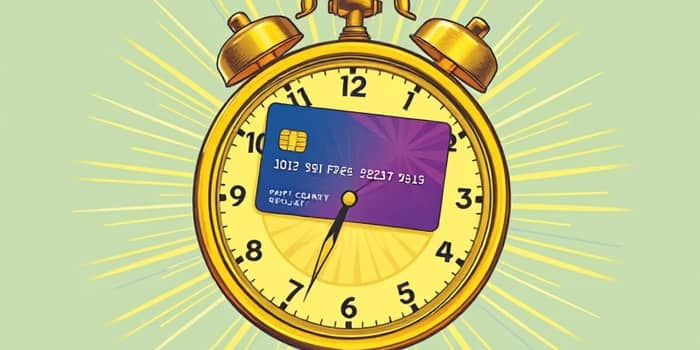
Managing your credit card wisely can transform your financial life. One of the most powerful tools at your disposal is the grace period, a silent ally in your pursuit of financial health. By grasping its mechanics and applying practical strategies, you can enjoy no interest is charged on new purchases and maintain control over your budget.
Whether you’re making everyday purchases or planning major expenses, understanding this time window can save you significant funds and stress. Let’s explore what a grace period is, how it works, and how to use it to your advantage.
The grace period on a credit card is the time between the end of your billing cycle and the payment due date. During this window, you owe no interest on purchases made in that cycle, provided you pay the full statement balance by the due date. This period typically does not apply to cash advances or balance transfers, which begin accruing interest immediately.
It is essential to differentiate between your statement balance and your current balance. Only the statement balance at the closing date determines whether you qualify for the grace period. Any charges made after the statement date appear on the next cycle.
Grace periods vary across issuers but generally range from 21 to 55 days. Major banks often offer extended windows to attract customers:
For instance, a 30-day billing cycle followed by a 25-day payment window yields a 55-day interest-free stretch. Knowing your issuer’s policy helps you plan big-ticket purchases early in the cycle and maximize free credit.
Getting the most out of your grace period means mastering each phase of the cycle:
By always paying on time, you enjoy an interest-free window for purchases every billing cycle, making credit cards a flexible financing tool rather than a cost burden.
The grace period never applies to cash advances and balance transfers, which begin accruing interest from the transaction date. If you carry a balance from one cycle to the next, you will also lose the grace period on new purchases until you pay in full.
Strategic planning can help you extend interest-free credit and strengthen your financial position:
By adopting these habits, you not only avoid interest but also build a positive payment history, which can improve your credit score over time. Keep the grace period active by adhering to your schedule and remaining vigilant.
Even savvy cardholders can fall prey to mistakes that erode the benefit of the grace period:
Awareness and discipline are key to avoiding these traps. Regularly reviewing statements and understanding your card’s terms are simple steps to protect your advantage.
Promotional 0% APR deals are popular but differ from standard grace periods. Offers typically apply to balance transfers or purchases for a limited term (often 6–24 months). If you do not pay off the promotional balance in time, you may incur retroactive interest, sometimes known as deferred interest. Always read the fine print and plan your repayment schedule to prevent unexpected charges.
The grace period is more than just a courtesy—it is a fundamental feature that, when used wisely, can free you from interest and provide valuable flexibility. By understanding its mechanics and following simple strategies, you can transform your credit card into a powerful financial tool. Remember the expert tip: always pay your credit card bill in full and on time, and interest becomes irrelevant.
Embrace the grace period as part of your money management toolkit. With awareness, planning, and consistency, you can unlock its full potential and enjoy a truly interest-free path through your financial journey.
References













